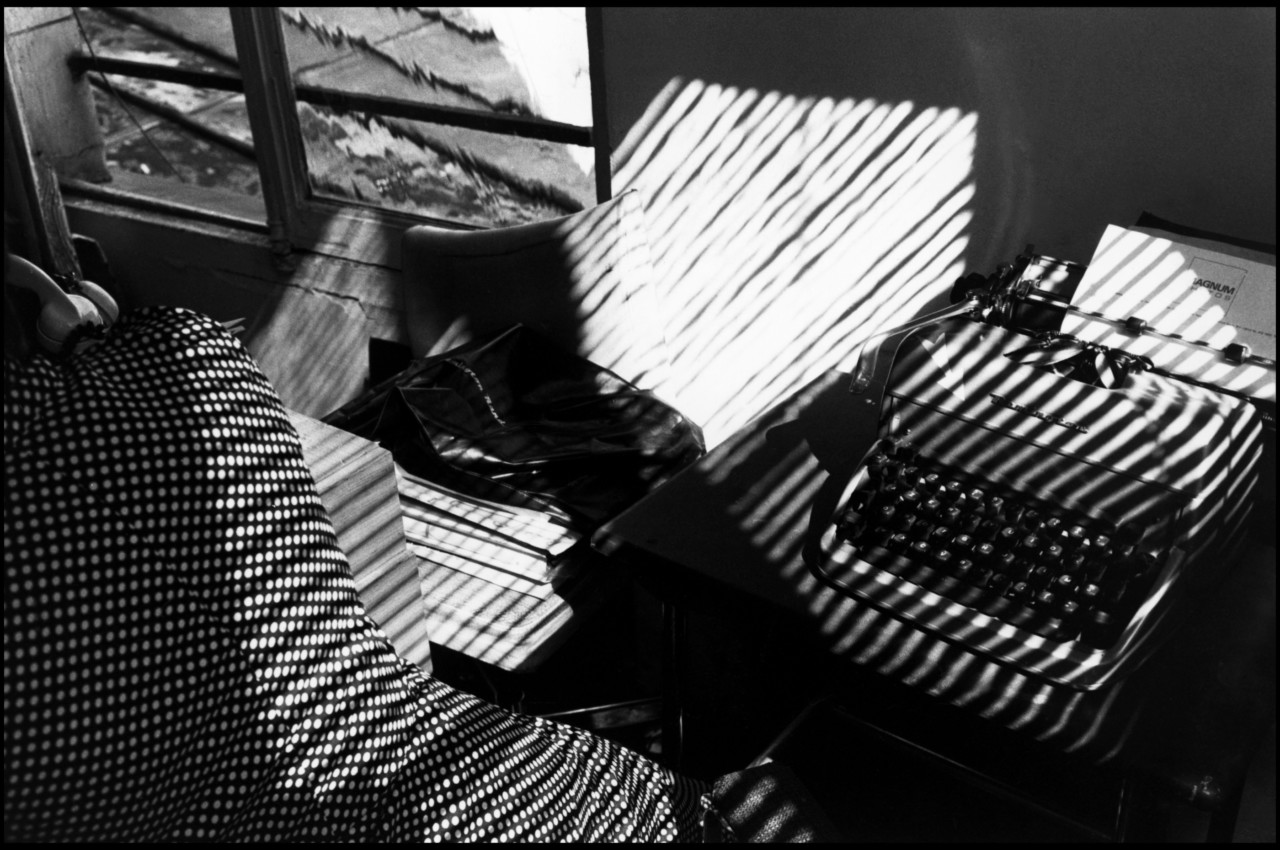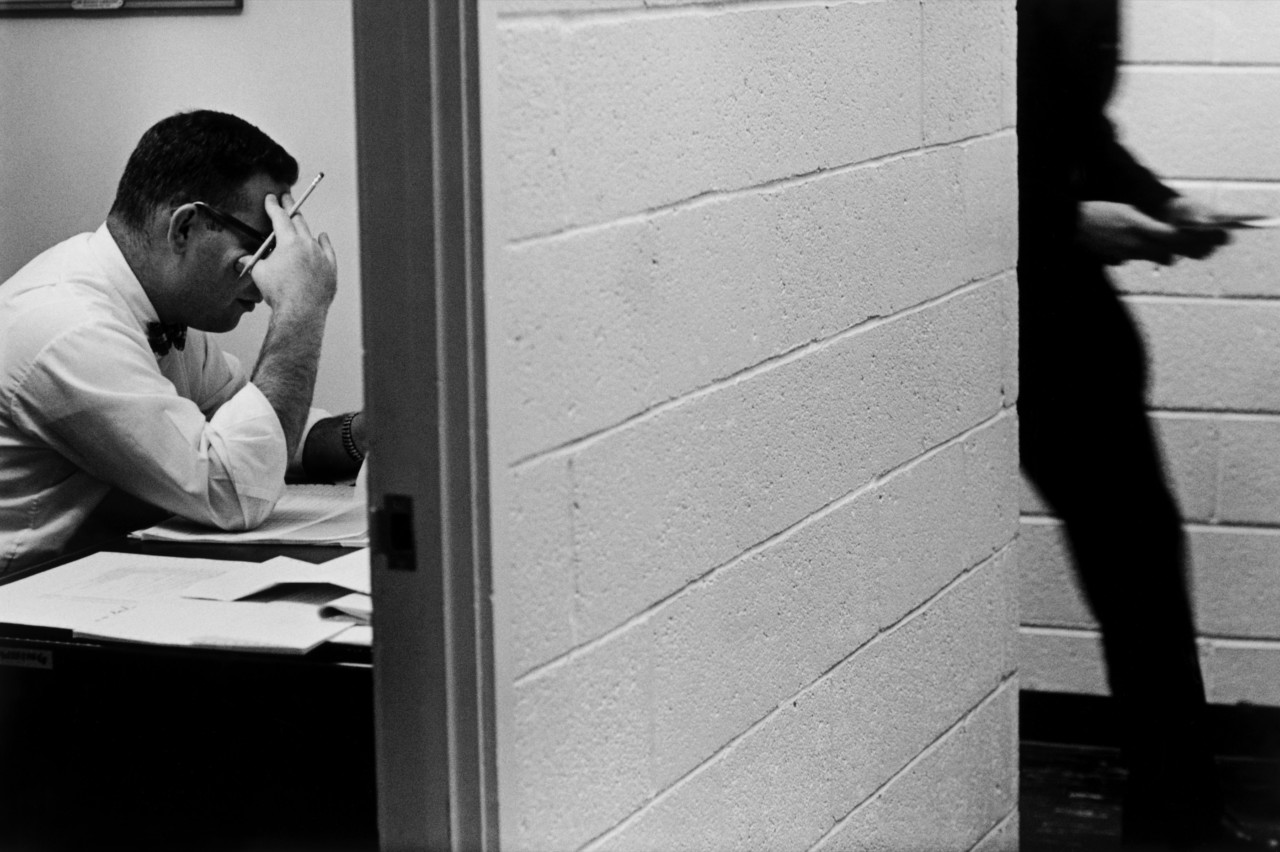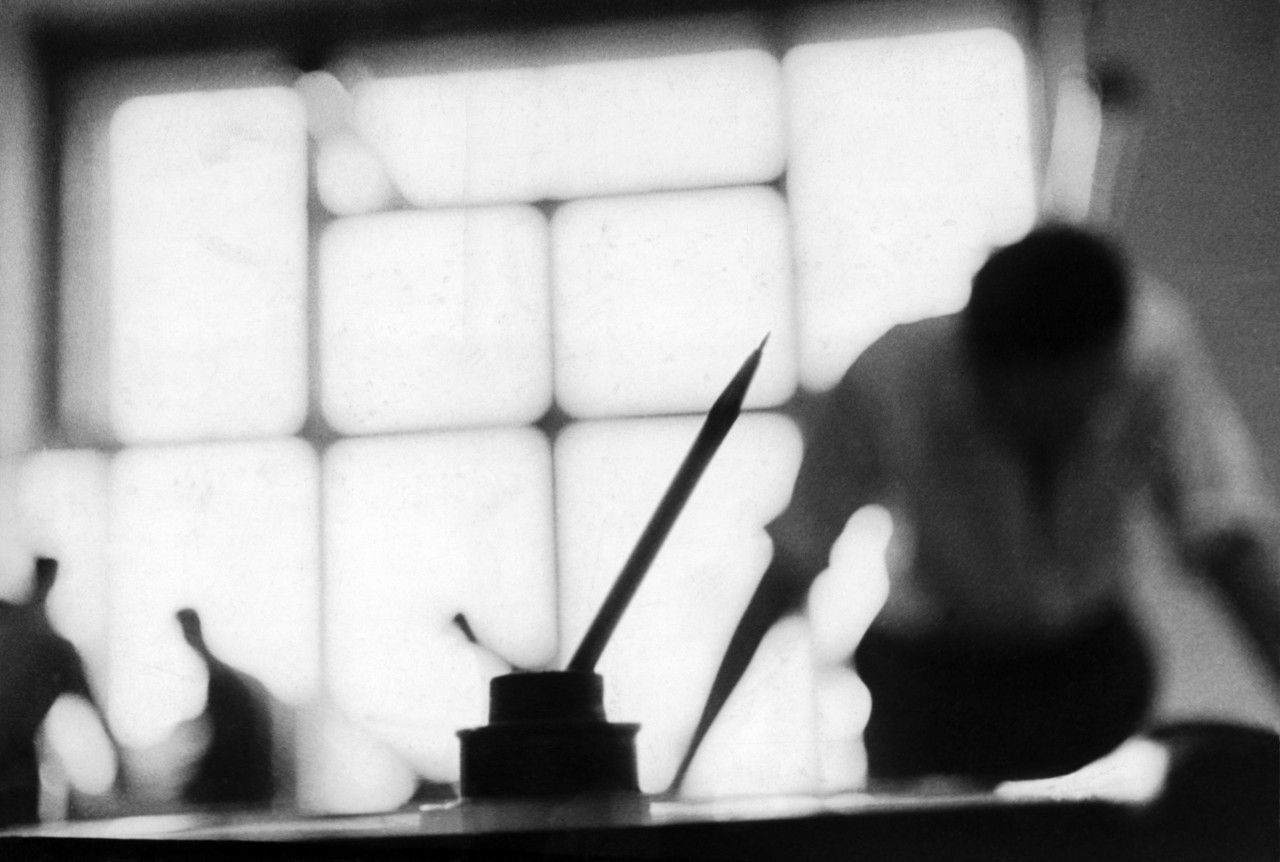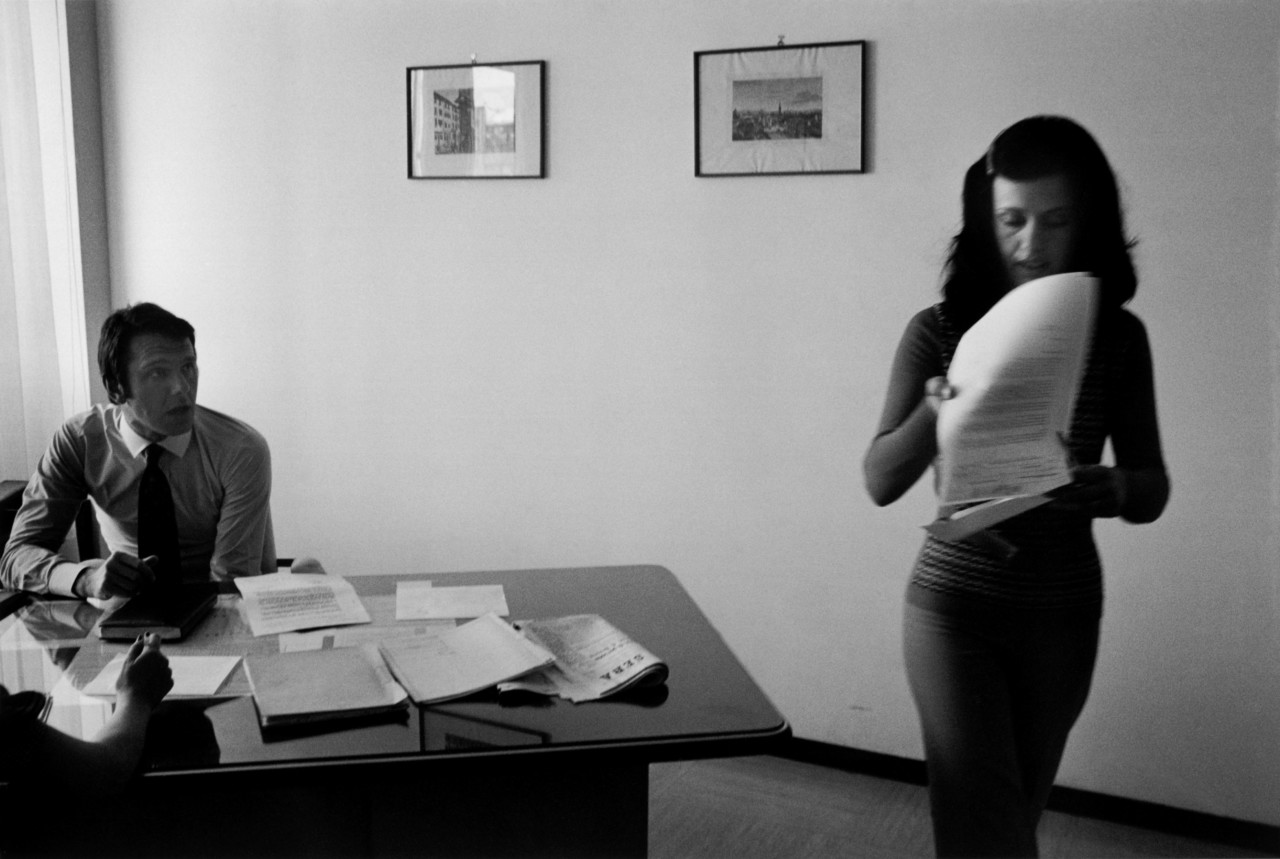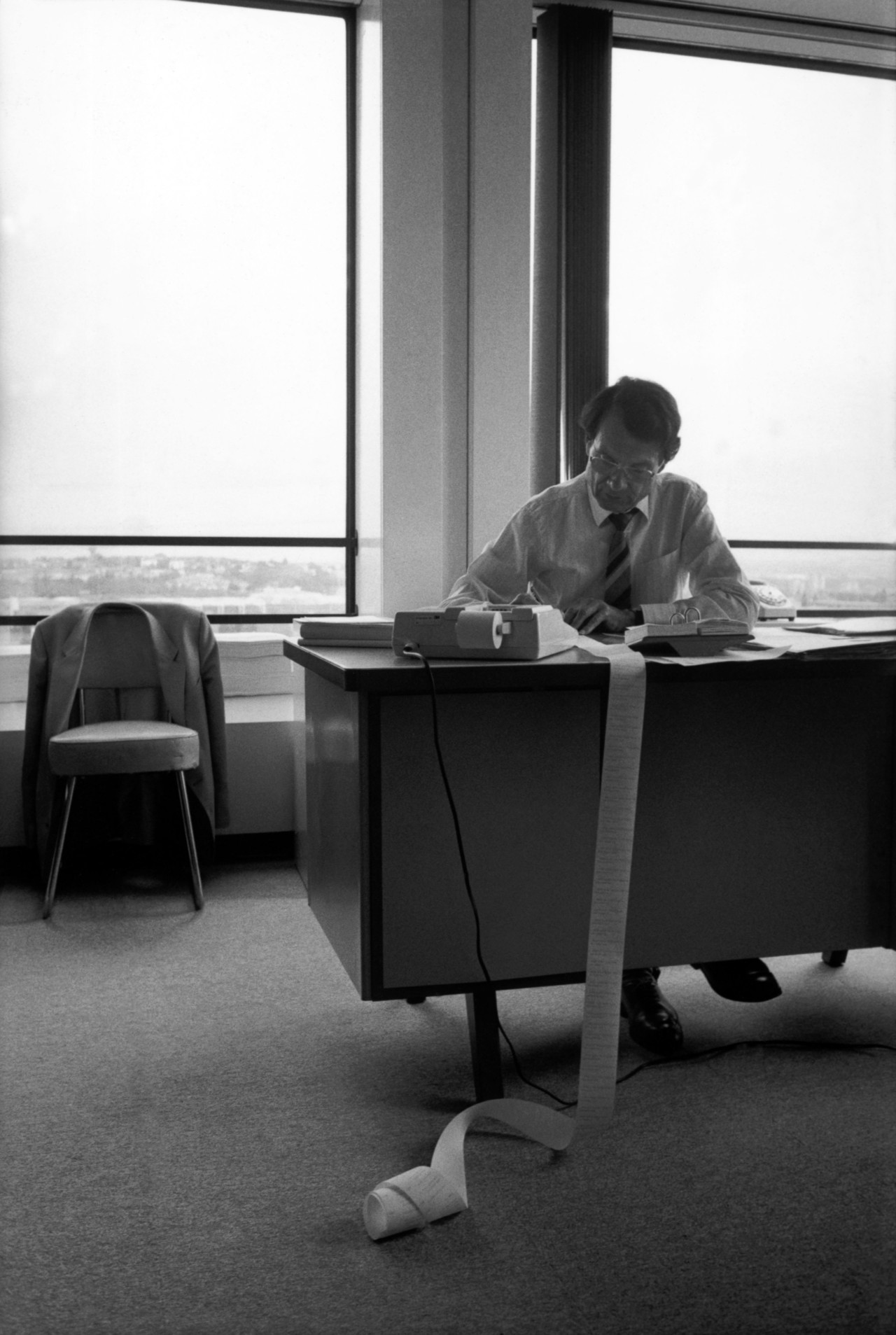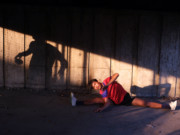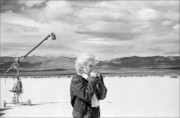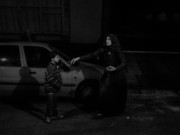Three Essential Ingredients for a Successful Grant Application
Leader of this month's grant-writing seminar for photographers Holly Stuart Hughes shares key advice for image-makers who are looking to secure funding
Ahead of a four-part webinar “The Complete Guide to Successful Grant Writing” (November 13 through 18), course leader Holly Stuart Hughes – the former editor-in-chief of PDN (Photo District News), independent editor, writer, and grant consultant here discusses aligning one’s goals with grant-givers, and the allure of both feasibility and suitability, in pairing photographers with proposed projects. Hughes has organized panels and lectured on artists’ rights and the business of photography around the United States.
“The Complete Guide to Successful Grant Writing” will feature Magnum photographers Olivia Arthur and Moises Saman as guest speakers. Learn more, and sign up, here.
The people responsible for administering photography grants get genuinely excited to read proposals for an innovative project or a photo essay on a topic they have not seen covered before. I have interviewed the managers and directors of several grant-making organizations to prepare for the upcoming Magnum Photos webinar on successful grant-writing. Everyone I interviewed agreed that their favorite job is calling photographers with the good news that they have been awarded a grant.
For the photographers, this news can change the trajectory of their careers. A grant provides the funds to help them produce new work, and the publicity around a prestigious grant or fellowship can attract the attention of editors, galleries or additional funders. As publications have cut their budgets for assignment, non-profit journalism organizations have stepped in to support international photojournalists with grants, mentoring and training. In awarding a grant to a photographer, a non-profit philanthropy gains a collaborative partner whose work will help raise awareness of critical issues.
In the course of my interviews, grant managers also told the hardest part of their job: calling all the photographers who did not win a grant.
"Why one photographer gets a grant and another doesn’t can come down to the jurors’ tastes and interests, or a number of other subjective and unpredictable factors. But I asked grant directors to describe some outstanding applications they loved. Their examples had three things in common..."
-
Photographers should not take the rejection personally. The competition for grants has become intense. More photographers than ever are seeking grant support to offset the decline in assignments. Grant-makers are publicizing their grants more broadly and actively soliciting applications in hopes of diversifying their pool of applicants. And this year, non-profits, foundations, and government-sponsored grant makers have faced extraordinary financial challenges. Amidst the economic uncertainty of 2020, non-profits saw donations shrink and their endowments imperiled. At the same time, many philanthropies dipped into their emergency funds to rush aid to hard-hit communities. Recognizing how the pandemic has affected struggling artists and photojournalists, the Alexia Foundation has announced that its 2020 grant recipients will not be required to undertake a photo project, so they can use the grant to pay bills if needed. This year, the W. Eugene Smith Fund for Humanistic Photography did not award a single grant, but instead gave $10,000 to five grantees in order to help more photographers.
The pandemic seems to have added urgency to the question grant-maker constantly ask themselves: How can we use our limited funds to do the most good?
This question is on the minds of grant managers as they screen applicants’ proposals, budgets, references, and sample images and decide which applications are forwarded to their jury. Why one photographer gets a grant and another doesn’t can come down to the jurors’ tastes and interests, or a number of other subjective and unpredictable factors.
I asked grant directors to describe some outstanding applications they loved: their examples had three things in common…
1. The proposed project was both compelling and feasible.
During our upcoming webinar, The Complete Guide to Successful Grant Writing, the panelists and I will share some proposals written with a passion that fired the imagination of grant jurors. Grant winners like photographer Moises Saman will explain how they described the stories they wanted to tell, the unique approach they planned to take, and why their stories needed to be told. Some photographers landed grants by offering an unusual perspective on familiar topics, or suggesting an innovative way to engage audiences.
To determine whether a proposed project can realistically be completed with the funds available, grant managers evaluate not only the photographer’s budget, but their proposal and CV. In choosing sample images to submit, photographers should demonstrate that they can translate ideas into visuals.
Several grant managers said that if a photographer pitches an intriguing project but its scope is too broad or ambitious to achieve with one grant, they may ask the photographer to submit a revised application to fund just one chapter of the larger body of work. To get a second chance to submit, however, the proposal needs to entice the funder’s interest.
2. The photographer’s project aligns with grant-maker’s goals.
Every grant-maker has a goal. Photographers should research the organization’s mission statement. During the webinar, photographer Endia Beal will explain how she researched grant-makers’ goals to understand which ones were the best fit for her project. Photographers are often tempted save time by writing one proposal, then cutting and pasting it into every application. But photographer Olivia Arthur will explain how she writes each proposal from scratch, keeping specific funders in mind.
Many non-profit organizations now ask applicants for plans and a budget for disseminating their finished photos and measuring their impact. Even organizations that don’t ask for detailed plans still want to understand the project’s potential audience. They also want reassurance that grantees will act ethically and with sensitivity to the potential effect their work can have on the communities they photograph.
3. The application showed why the photographer was the right person to undertake the project.
When an organization awards a grant to a photographer, they are making a kind of investment in that photographer. Photographers who have won grants said they used every part of their application to persuade the jury that they are a reliable, trustworthy investment. During the webinar, Moises Saman will share parts of his application for a Guggenheim Fellowship in which he demonstrated his expertise in the stories he was telling, his passion for the subject, and his track record of completing projects. He will also explain how he chose colleagues to write his reference letters, and what he hoped they would tell the jurors about his character and experience.
Writing a grant application is difficult, and usually frustrating. Most applications are turned down. But grant managers encourage photographers to keep trying. Throughout the webinar, you will hear stories of photographers who landed a grant only after they had applied two, three or four times. With each attempt, the photographer refined their ideas and their application. Ultimately, their persistence was rewarded.
The four-part webinar “The Complete Guide to Successful Grant Writing” will take place 13 November through 18 November. Find out more, here.


